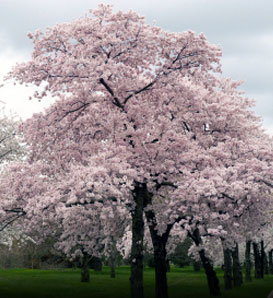
The picture above was supplied in class from a recently cut down tree. By simply counting the tree rings that appeared as the tree went through its growing cycles, the approximate age of the tree can be determined. Although not precise, I counted 67 rings in this tree which means it has seen some history while in Macon. Although not Georgia related, this means that the tree has been around while the Florida Gators football team has won 9 conference titles, 3 National championships, and appeared in 40 bowl games. The basketball team has also won 9 conference regular season titles, 4 conference tournament titles, appear in 4 final fours, and win 2 National championships.


















